An overview of the latest management approaches to UTIs in Ireland, highlighting the importance of antimicrobial stewardship
Urinary tract infection (UTI) is the collective term used to describe infections involving any part of the urinary tract, which includes the kidneys, ureters, bladder and urethra. Infections of the bladder (cystitis) and urethra (urethritis) are known as lower UTIs and infections of the kidneys (pyelonephritis) or ureters are classed as upper UTIs. The urinary tract is the second-most common site of bacterial infection and a significant cause of morbidity, both in terms of the number of people affected and potential complications. UTIs are classified as complicated or uncomplicated. An infection is considered complicated if it affects pregnant women, children, men and the elderly or if it affects the upper urinary tract. Uncomplicated UTIs involve the lower urinary tract and cause acute dysuria and frequency in otherwise healthy, non-pregnant women.
The urinary tract is a common source of infection in paediatrics and is the most common bacterial infection in children under two years of age, both in community and hospital settings. Approximately 8 per cent of girls and 2 per cent of boys will have a symptomatic UTI in childhood. During the first six months of life, however, UTIs are more common in boys than girls and especially in uncircumcised males. E.coli is the causative organism in 90 per cent of cases. Almost a third, 30 per cent, of children with UTI have vesicoureteric reflux. Accurate diagnosis via urine culture is essential.
The incidence of UTIs in adult males under age 50 years is low. Up to 40 per cent of women develop a UTI at some point in their life, compared to 12 per cent in men. In men, cystitis is often associated with infection and inflammation of the prostate gland (prostatitis). Anatomically, the female urethra is shorter and located closer to the anus than in males, which makes it easier for bacteria to reach the female urethra and bladder. Adult women are 30 times more likely than men to develop a UTI, with almost half of them experiencing at least one episode during their lifetime and one-in-three women experiencing their first episode by the age of 24 years. UTIs are most commonly seen in sexually-active young women. Sex can irritate and weaken the urethra, making it easier for bacteria to enter. Certain contraceptives can increase a woman’s risk of developing UTIs. These include the diaphragm and spermicide-coated condoms. Keeping hydrated, urinating as soon as possible after sex, and avoiding synthetic underwear can help prevent UTIs in females.
Other susceptible adults include the elderly and patients requiring urethral catheterisation.
Symptoms
Urinary tract symptoms are not always obvious in the elderly. Presentation may be vague, with incontinence, change in mental status or fatigue as the only symptoms, while some present with sepsis as the first symptoms. Diagnosis can be complicated by the fact that many elderly people have pre-existing incontinence or dementia. Other risk factors for developing UTIs include conditions that prevent fully emptying the bladder, kidney stones, a weakened immune system, undergoing chemotherapy, diabetes, and an enlarged prostate gland in males.
Symptoms of a lower UTI include dysuria, frequency, and the urge to urinate despite having an empty bladder. Symptoms may also include cloudy and unpleasant-smelling urine, haematuria, abdominal pain, pelvic tenderness, back pain and a general sense of feeling unwell. Symptoms of a kidney infection include fever of 38ºC or above, shivering, nausea, vomiting, diarrhoea and flank pain. In addition, frequency, dysuria, urgency and haematuria may also be present because the infection can spread from the kidneys to the lower urinary tract.
The presence of bacteria in urine does not necessarily depict a UTI. Many people, especially the elderly, have bacteria in their urine without having any ill effects (asymptomatic bacteriuria). E.coli bacteria from the gut is the cause of 80-to-85 per cent of community-acquired UTIs, with Staphylococcus saprophyticus the cause in 5-to-10 per cent. Occasionally, they may be caused by viral or fungal infections. Healthcare-associated UTIs mostly related to urinary catheterisation involve a much broader range of pathogens, including: E.coli (27 per cent); Klebsiella (11 per cent); Pseudomonas (11 per cent); Candida albicans (9 per cent); and Enterococcus (7 per cent), among others. UTIs due to Staphylococcus aureus typically occur secondary to blood-borne infections. Chlamydia trachomatis and Mycoplasma genitalium can infect the urethra but not the bladder. These infections are usually classified as a urethritis rather than a UTI.
Diagnosis
Urinalysis reagent strips (dipstick) are the most frequently-used instruments for diagnostic testing if there is clinical evidence that a patient has a UTI. A high number of leukocytes in the urine points to the presence of white blood cells indicating inflammation or infection along the urinary tract, often in the bladder or kidney. The presence of nitrites in the urine is highly specific to certain bacterial infections but nitrites do not occur with all types of bacteria. E.coli bacteria are most commonly associated with nitrites in the urine. An infection may occur in the presence of leukocytes with no nitrites, however, leukocytes in the urine without nitrites can also lead to a false-positive result that points to a bacterial infection when there is none. Negative nitrite and negative leukocyte have a 95 per cent negative predictive value. A positive nitrite test is more indicative than a positive leukocyte test, although the presence of both increase the possibility of a UTI diagnosis.
For most women who have the typical symptoms of a lower UTI, further testing is not usually required to confirm the diagnosis. Circumstances where laboratory testing is recommended include:
All cases of UTI in men. UTIs are uncommon in men, so it is important to rule out other possible causes of the symptoms.
Cases of a suspected upper UTI. These infections have a higher risk of complications, so a careful assessment of the state of the urinary tract needs to be made.
UTIs that occur in pregnant women due to the higher risk of developing complications.
In cases where a person has blood in their urine. Although unlikely, this could be a symptom of bladder cancer so it is important to rule out or confirm the diagnosis.
In cases where a person has a risk factor that makes them more vulnerable to developing serious complications, such as having a weakened immune system.
Other diagnostic tests required may include ultrasound, CT scan, MRI or cystoscopy.
Treatment
HSE treatment guidelines for UTIs are available at www.antibioticprescribing.ie.
Choice of empirical therapy should be governed by local antibiotic resistance rates as patterns vary significantly across the country. For first presentations, with low risk of resistant organisms in uncomplicated UTI, narrow-spectrum antibiotics such as fosfomycin, nitrofurantoin or trimethoprim should be considered. For uncomplicated UTIs, quinolones should be reserved for resistant infections with limited options and confirmed by culture and sensitivity.
Community multi-resistant E.coli with extended-spectrum betalactamase (ESBL) enzymes are increasing, so cultures should be carried out in all treatment failures. ESBLs are multi-resistant but often remain sensitive to nitrofurantoin and fosfomycin. There is less relapse with trimethoprim than cephalosporins. To preserve the efficacy of fosfomycin, its use should be limited where possible to uncomplicated UTIs in women, or in specific situations on advice of an infection specialist. Fosfomycin is not recommended for use in treatment of UTIs in patients over 65 years in long-term care facilities, except in specific situations on advice of an infection specialist. Fosfomycin should be avoided in the elderly and in patients with renal impairment due to diminished urinary concentrations. Recommendation for use in pregnancy remains under review pending further evidence and safety data.
An MSU must be sent for culture. In acute pyelonephritis, seven days of treatment with ciprofloxacin is considered as effective a treatment as 14 days of trimethoprim (co-trimoxazole). If there is no response within 24 hours, the patient should be admitted to hospital.
Treatment: Paediatrics
Children aged under three months old who present with UTIs should be referred to a specialist and treated in hospital. Children over three months old, with a UTI where there is a risk of serious complications, should also be referred to hospital for treatment. For children over three years old with a low risk of complications, the infection can be treated at home using oral antibiotics and paracetamol. For lower UTIs, a three-day course of antibiotics (cephalexin, nitrofurantoin or trimethoprim) is usually commenced, and for upper UTIs a seven-day course (cephalexin or co-amoxiclav) is usually recommended. Positive nitrites must be present in the urine to commence antibiotic therapy.
If more than three UTIs occur per year, continuous or post-coital prophylaxis with antibiotics can be effective in women. However, both are associated with antibiotic side-effects. There is no evidence that standby antibiotics are effective.
For UTIs in pregnancy, an MSU must be sent for culture and any empirical treatment reviewed when results of the MSU culture and susceptibility are available. Amoxicillin resistance is common and it should be used only if susceptibility data is available. Nitrofurantoin should be avoided after 36 weeks’ gestation due to the risk of neonatal haemolysis. Fosfomycin use in pregnancy remains under review pending further evidence and safety data.
Diagnosis and management of UTIs in long-term care residents >65 years
A positive urinalysis reagent strip result in an asymptomatic patient should not be treated. Residents in long-term care facilities have high rates of positive dipstick urinalysis results without infection necessarily being present. Antibiotic therapy in these cases does not reduce mortality or prevent symptomatic episodes; rather, it increases side-effects and leads to antibiotic resistance. Empiric treatment may be considered in a symptomatic patient with a positive dipstick. A urine sample should be sent to the microbiology laboratory for culture and antimicrobial susceptibility testing in these cases. Symptoms suggestive of a UTI include dysuria, frequency, urgency, new-onset incontinence, fever >38°C, suprapubic tenderness, and haematuria. Diagnosis of UTIs in long-term care residents over 65 years should be based on a full clinical assessment. In patients with a urinary catheter, loin pain and fever >38°C are significant indicators of a UTI.
Empirical treatment of UTIs in long-term care residents >65 years
Empiric antibiotic therapy should only be considered in symptomatic patients pending urine culture result. Choice of empirical therapy should be guided by local resistance rates and treatment modified according to culture results, when available.
Duration of therapy is usually seven days. Delayed response, regardless of whether the patient remains catheterised or not, is 10-to-14 days. If an indwelling catheter has been in place for more than two weeks at the onset of the UTI and is still indicated, the catheter should be replaced. Antibiotic prophylaxis is not recommended for the prevention of symptomatic UTI in catheterised patients or for urinary catheter changes, unless there is a definite history of symptomatic UTIs due to catheter change. Antimicrobial prophylaxis may however be considered in patients for whom UTIs are of such frequency or severity that they chronically impinge on function and wellbeing.
Summary
Although UTIs are often considered to be easily managed infections, they remain an economic burden for the healthcare system.
The increasing prevalence of antibiotic resistance among uropathogens presents a major challenge to the clinical management of UTIs. Appropriate empirical treatment of UTIs is important for successful treatment and prevention of complications. However, with the increasing prevalence of antibiotic-resistant urinary pathogens, the selection of an appropriate empirical agent is increasingly difficult. Resistance to co-trimoxazole and other antimicrobials used in the treatment of UTIs, particularly fluoroquinolones, is increasing, as is the prevalence of ESBL-producing Enterobacteriaceae and multidrug-resistant (MDR) Pseudomonas aeruginosa. The problem is particularly prominent in the hospital setting, where UTIs can present as severe infections and MDR organisms are frequent. Understanding the key criteria for antibiotic selection, pathology of UTI and therapeutic profile of commonly-prescribed agents is vital for practitioners to ensure rational, safe and cost-effective treatment. Judicious use of antibiotics in common clinical situations is crucial for minimising antibiotic resistance and the effective treatment of patients.
References on request
Night-shift workers report much more OAB, worsening quality-of-life
Priscilla Lynch
Italian scientists have found that night-shift workers have a significantly increased incidence of overactive bladder (OAB), leading to a deteriorating quality-of-life for many workers, including healthcare workers. This is also true of younger subjects, who would not normally be expected to report OAB, according to data reported at the 2019 European Association of Urology Congress in Barcelona, Spain, earlier this year. Researchers from the Sant’Andrea Hospital in Rome surveyed 68 men and 68 women between March and October 2018. All were workers in the Italian National Health System, with 66 of the volunteers working night shifts, on average 11 hours per night shift. The 70-day workers worked an average of 9.1 hours/day. The researchers found that the night-shift workers reported a significantly higher rate of OAB, and a poorer quality-of-life when compared with day-shift workers. All the workers were under 50 years old. Using the generally accepted OAB Questionnaire, they found that those on night shifts reported an average total score of 31, as against a score of 19 for those working day shifts. They also found that night workers scored a significantly worse quality-of-life (measured using the OAB QL score and the EORTC QLQ-30 score), with scores of 41 against 31 with day-shift workers.
Research leader Dr Cosimo De Nunzio said: “We know that long-term night work is stressful and is associated with increased levels of health problems. This work shows that constant night workers may have a higher urinary frequency, as well as a decline in their own quality-of-life. Furthermore, we have measured these changes in health workers, who are themselves responsible for looking after the wellbeing of patients. If they feel bad themselves, then this will inevitably lead to poorer patient care. The same is probably true in many other occupations. One of the most concerning things about this work is everyone in our sample was under 50. We normally expect bladder problems with older people, but here we have younger people expressing a deteriorating quality-of-life.”
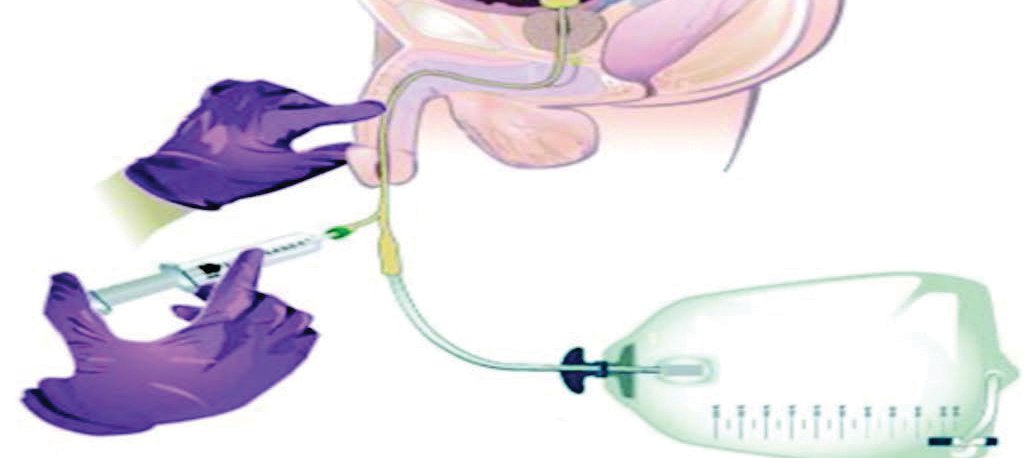
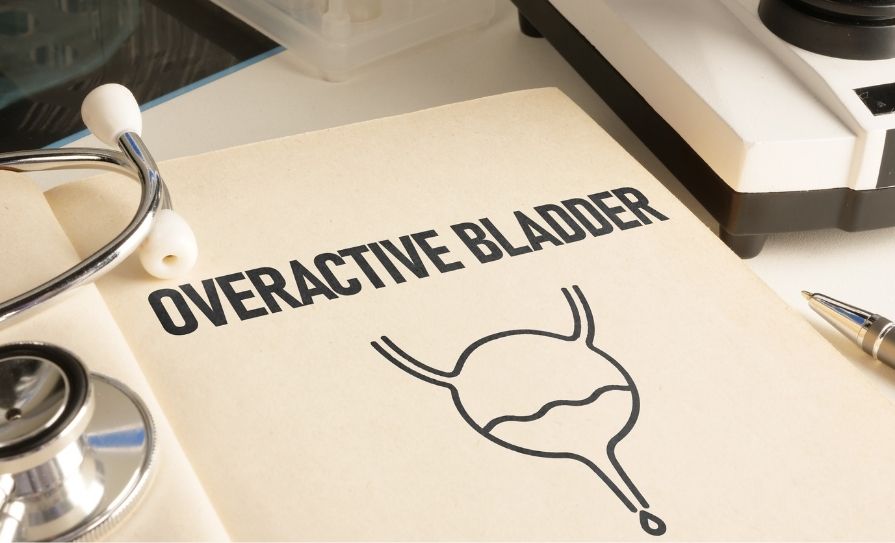
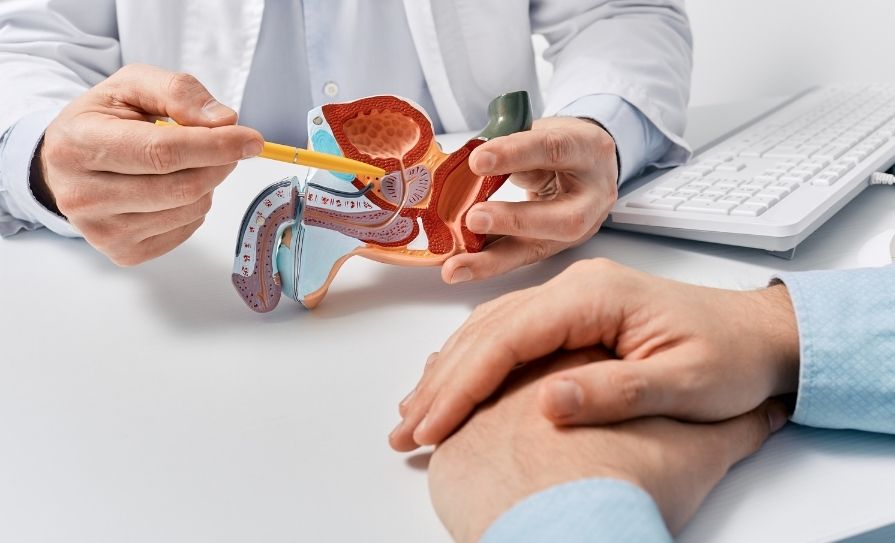
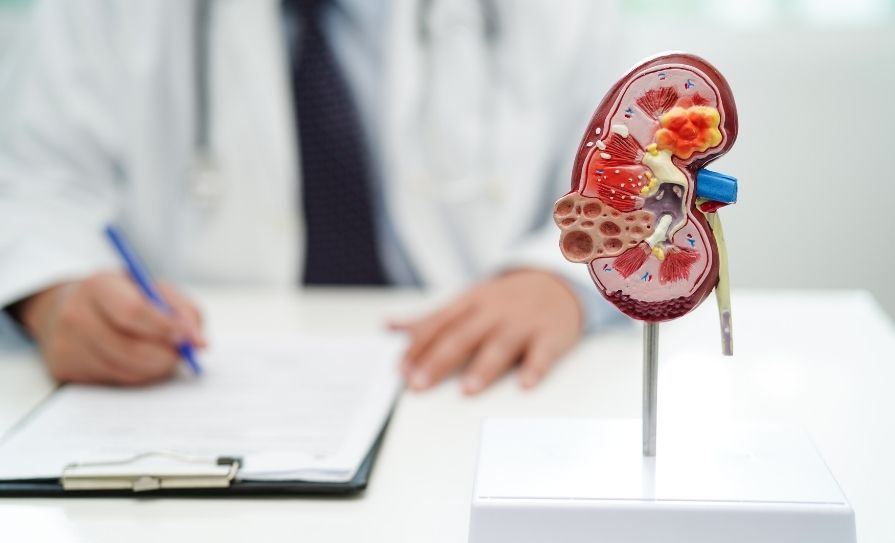
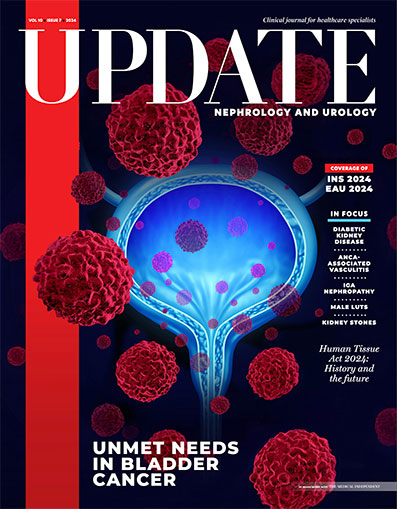
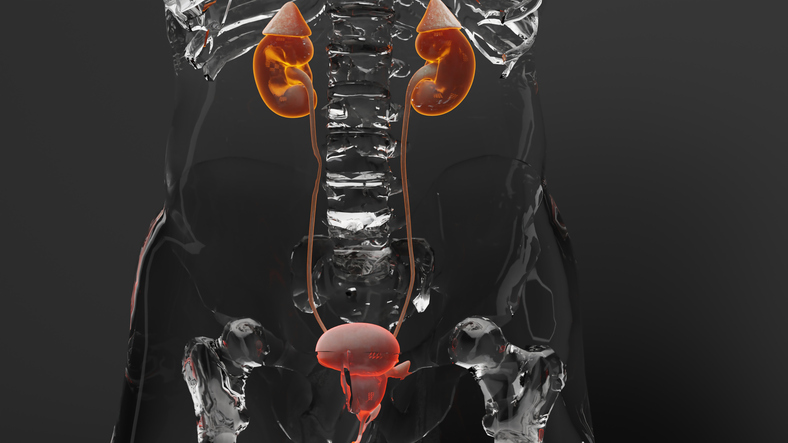







Leave a Reply
You must be logged in to post a comment.